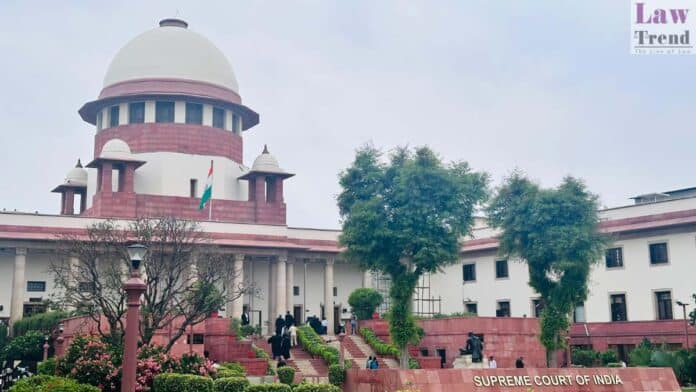The Supreme Court, on Wednesday, dismissed a petition by the daughters of the late communist leader M.M. Lawrence, which contested the handing over of their father’s mortal remains to a government hospital for educational purposes. The bench, comprising Justices Hrishikesh Roy and S.V.N. Bhatti, upheld the previous decision of the Kerala High Court, leaving the final disposition of Lawrence’s remains to further scientific study.
The controversy began after Lawrence’s daughters, Asha Lawrence and Sujatha Boban, appealed against a single judge’s decision that favored the donation of their father’s body to the medical college, pursuant to his purported wishes. The High Court, in its ruling on December 18, 2024, had sided with the medical college’s assertion that Lawrence had given his consent for his body to be used for educational purposes, a claim substantiated by his son Sajeevan and corroborated by witnesses.
In a poignant reference to William Ernest Henley’s poem “Invictus,” the Supreme Court bench remarked that even in death, the fate of one’s remains might be influenced by others, highlighting the philosophical underpinnings of the case. The court noted that Asha Lawrence had not provided substantial evidence that her father wished for a cremation according to Christian rites, instead basing her claims on assumptions drawn from his religious practices.
The decision to allow the medical college to proceed with the embalming and preservation of Lawrence’s body was informed by the Kerala Anatomy Act of 1957. The medical college had formed a committee that validated Sajeevan’s claims regarding his father’s wishes, leading to the acceptance of the body for academic purposes.
The legal battle saw its share of public drama, especially notable during a memorial held at Ernakulam Town Hall on September 23, where Lawrence’s remains were displayed for public homage. This was shortly followed by protests from Asha Lawrence against the medical college’s decision, culminating in the legal challenges that reached the High Court and, subsequently, the Supreme Court.




